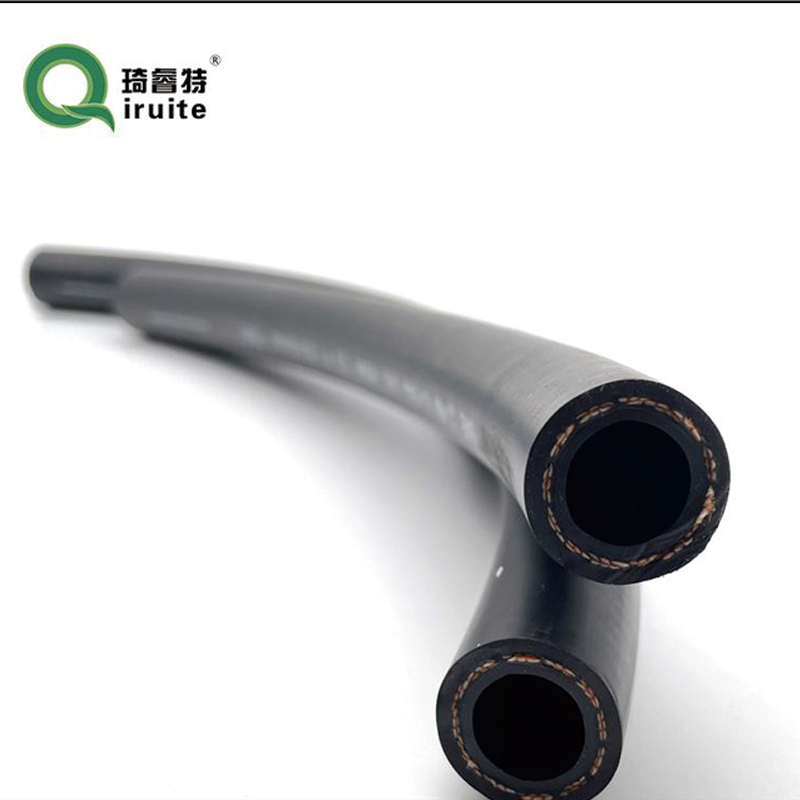camry power steering hose replacement
Replacing the Power Steering Hose on a Toyota Camry A Comprehensive Guide
Power steering is an essential component of modern vehicles, providing the driver with the ease of maneuverability, especially in tight spaces. Over time, like any part of a car, the power steering hose on a Toyota Camry may wear out or become damaged, leading to leaks and a decrease in overall performance. If you're facing issues with your power steering, it might be time to replace the power steering hose. This guide will walk you through the process step-by-step, ensuring you can complete the task safely and efficiently.
Understanding the Power Steering System
Before diving into the replacement process, it's essential to understand how the power steering system functions. In the Toyota Camry, the power steering system uses hydraulic fluid to assist in steering the vehicle. The power steering hose is responsible for transporting this fluid between the power steering pump and the steering gear. If the hose is cracked, frayed, or has become loose, it can lead to fluid leaks, which can significantly affect steering performance.
Signs of a Bad Power Steering Hose
Recognizing when your power steering hose needs replacement is crucial. Common signs of a failing hose include
1. Fluid Leaks A puddle of reddish/brown fluid under your vehicle can indicate a leak in the power steering system. 2. Steering Wheel Stiffness If the steering wheel feels difficult to turn or requires increased effort to maneuver, it may be due to insufficient fluid caused by a leaking hose. 3. Whining Noises Unusual sounds when turning the steering wheel may suggest that the pump is working harder to compensate for a leak.
If you notice any of these symptoms, it's important to address the issue promptly to avoid further damage to the power steering system.
Tools and Materials Needed
Before you begin the replacement, gather the necessary tools and materials
- New power steering hose - Power steering fluid - Wrenches (various sizes) - Pliers - Towels or rags - Funnel - Safety glasses - Jack and jack stands
camry power steering hose replacement

Step-by-Step Replacement Process
1. Safety First Park your Toyota Camry on a flat surface and turn off the engine. Ensure the car is cool to prevent burns. Wear safety glasses to protect your eyes.
2. Lift the Vehicle Use a jack to lift the front of your Camry and secure it with jack stands. This will give you better access to the power steering components underneath.
3. Locate the Power Steering Hose Identify the power steering pump (usually located near the engine) and trace the hose to the steering gear.
4. Remove the Old Hose Start by loosening the clamps securing the hose using pliers or a wrench. Carefully detach the hose from the pump and steering gear. Be prepared for some fluid to leak out; use towels to catch any spills.
5. Install the New Hose Take your new power steering hose and connect it to both the power steering pump and steering gear. Make sure to tighten the clamps securely to prevent any leaks.
6. Check Fluid Levels After installing the new hose, check the power steering fluid level in the reservoir. If necessary, add new power steering fluid using a funnel to avoid spills.
7. Test the System Before lowering the vehicle, turn the steering wheel from lock to lock several times with the engine running. This will help circulate the fluid and remove any air bubbles from the system. Check for leaks around the newly installed hose.
8. Finish Up If everything looks good and there are no leaks, lower the vehicle back to the ground and perform a final check of the fluid level. Add more fluid if needed.
Conclusion
Replacing the power steering hose on your Toyota Camry can seem daunting, but with the right tools and a bit of patience, it's a manageable task. Regular maintenance and timely repairs not only improve your vehicle's performance but also contribute to your safety on the road. If at any point you feel unsure, don’t hesitate to consult a professional mechanic for assistance. By taking care of your car's power steering system, you ensure a smoother, safer driving experience.
-
Ultimate Spiral Protection for Hoses & CablesNewsJun.26,2025
-
The Ultimate Quick-Connect Solutions for Every NeedNewsJun.26,2025
-
SAE J1401 Brake Hose: Reliable Choice for Safe BrakingNewsJun.26,2025
-
Reliable J2064 A/C Hoses for Real-World Cooling NeedsNewsJun.26,2025
-
Heavy-Duty Sewer Jetting Hoses Built to LastNewsJun.26,2025
-
Fix Power Steering Tube Leaks Fast – Durable & Affordable SolutionNewsJun.26,2025

